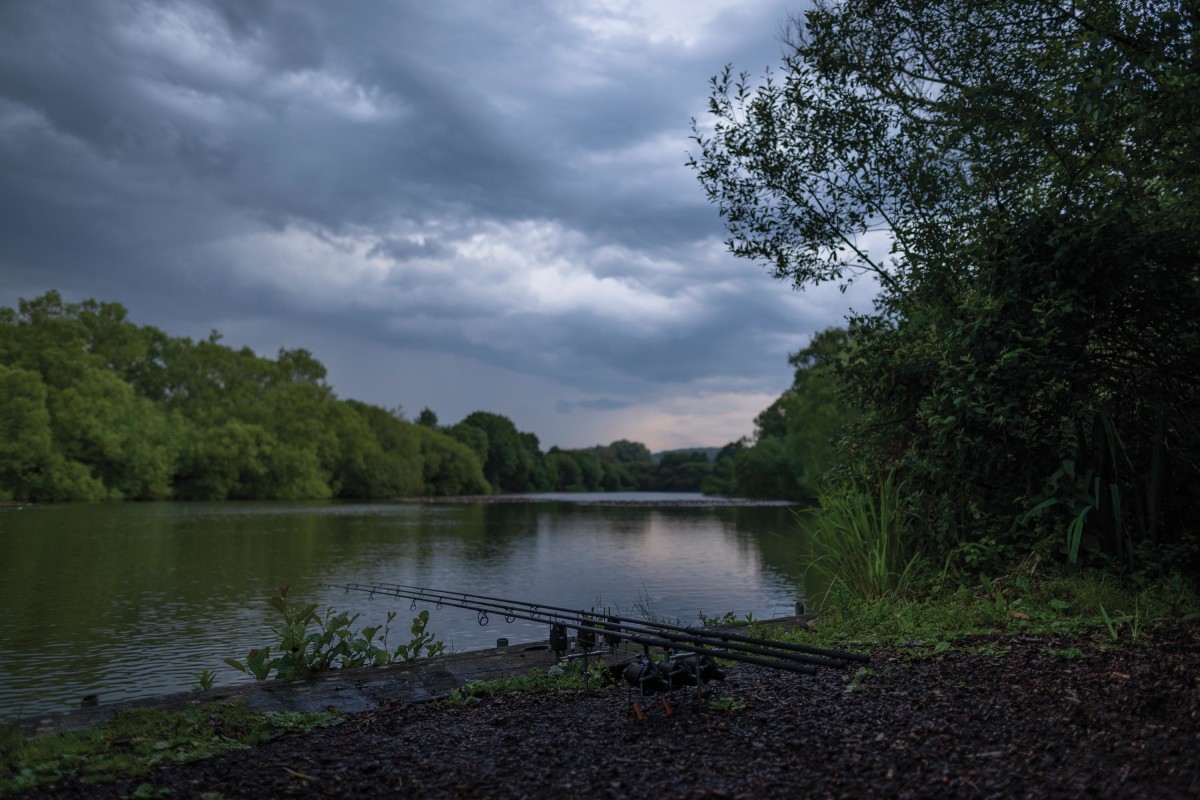
Cracking the code: How to master your lake
Where do you start when it comes to tackling a new and unfamiliar venue? Carp veteran and YouTube sensation, Steve Whitby - aka TheCarpCatcher - gives us his thoughts…
You’re about to undertake a season-long campaign - Woolpack Lake 8, for example - where do you begin with research, looking at areas, your approach, bait etc.?
“Generally I do little by way of preparation or research, and there are a few reasons why. I tend not to want to know too much about what’s in a lake and I find the less I do, the better I feel… I like the unknown and the surprises. I prefer to find out things for myself, because that way you get to go through some important stuff and learn along the way. If someone told me what particular resident fish weighed and where I’d catch them, I wouldn’t want to fish a venue. Whilst this sort of thing might be useful information for some, you don’t learn much from it, given the manner by which it was acquired. I like to figure things out myself, make my own mistakes and learn from them… that’s my approach.
“Bait isn’t something I think too much about. I’ve been making my own for so long now and I know a good bait when I use it. All sorts of baits can catch carp, but some are better than others and it’s always an edge when you use something others aren’t.”
Using your Lake 8 campaign as an example, what key parts of the jigsaw did you manage to piece together quickly, and how did they help overall?
“When I started, I knew little about the water, other than the information on the website and from previous tench fishing trips between 2002 and 2004. As I moved around though, I started to form a picture of the contours of the lakebed in my head, and also began to understand a little about the movements of the fish. More often than not, you’d find them holding up in the northwest corner. It’s not easy to get a bait in there, but it was a good place to start. They had to move out to feed and it was how and when they did so, that I was most interested in.
“I only ever caught a few fish from the margin along the east bank and it was obvious to me why the west bank was better: it was a lot quieter and had only four swims compared to eight or nine opposite. The east bank is also the causeway between Lakes 8 and 7, and the access to the other syndicate - Lakes 1, 2 and 3. More anglers fish there, and all that tramping up and down and the resulting noise is something that wouldn’t be good on any lake!
“There were also other reasons why the west bank was better, like the depth. It was much deeper on the east side and the contours of the lake were such that it came up more to the middle. The weed growth seemed to be mostly off the west bank. I always look for areas that aren’t fished for whatever reason, and a difficult swim with a margin that has no swims for some distance has to be a good bet.
“I’ve found on busy fisheries that it’s often impossible to get into the ‘going’ swims, and even if you do, you’re just playing the same game as everyone else, and to the same rules. If you fish like everyone else, you’ll catch the same as everyone else - which can be very little. Doing your own thing and identifying areas where the carp aren’t used to being caught, and then getting something going there, is often a way of scoring consistently well.”
What did you change by way of bait, rigs and hookbait presentations and why?
“I caught most of the fish on a 10-inch length of 0.40mm (20lb) main line tied to a size 8 or size 6 hook, with my Berry/K-LO boilies. This arrangement was used in conjunction with a semi-fixed running rig and a 2.5oz flat lead. I also used the same rig with a 1oz or 2oz pear-shaped lead on a semi-fixed running clip, but the flat lead did better. I did use a Chod and pop-ups, but to be honest, I felt that bottom baits were more productive - after all that’s where the feed ends up. I also experimented with having my tips up really high with the line semi-tight, so when a fish picked up the rig, the whole lot was suspended between tip and hook; that was something very different that did well for me.”
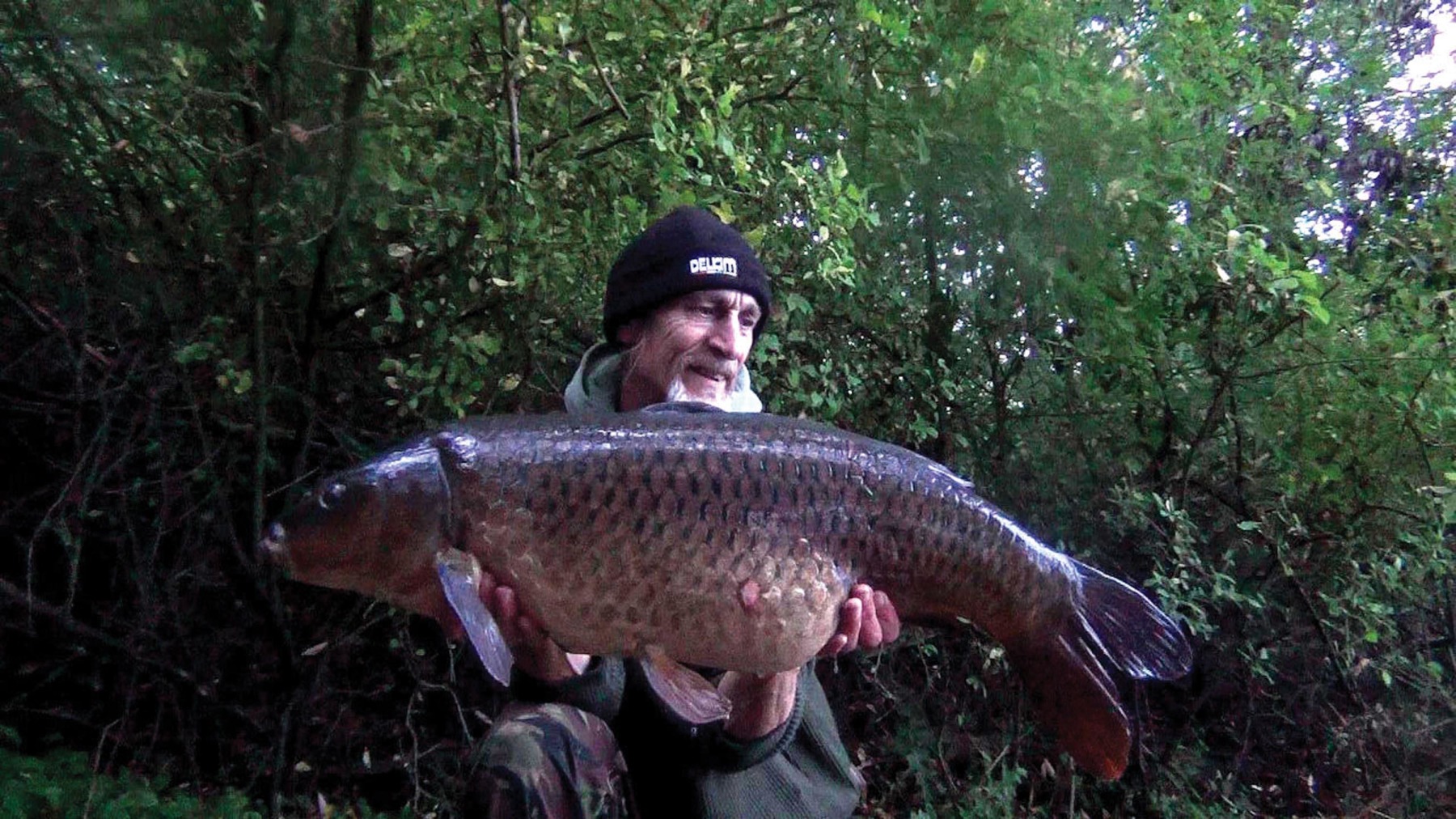
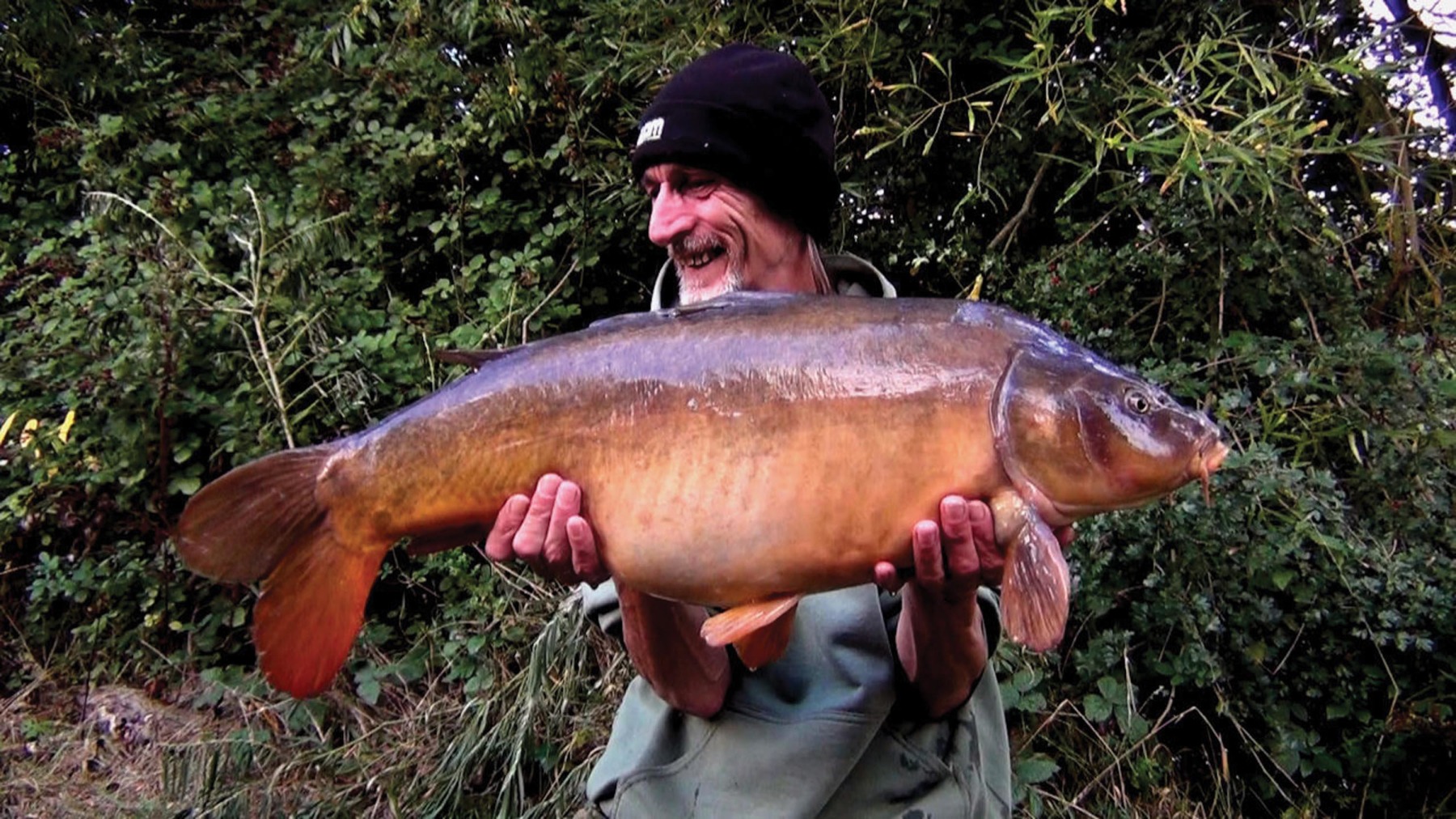
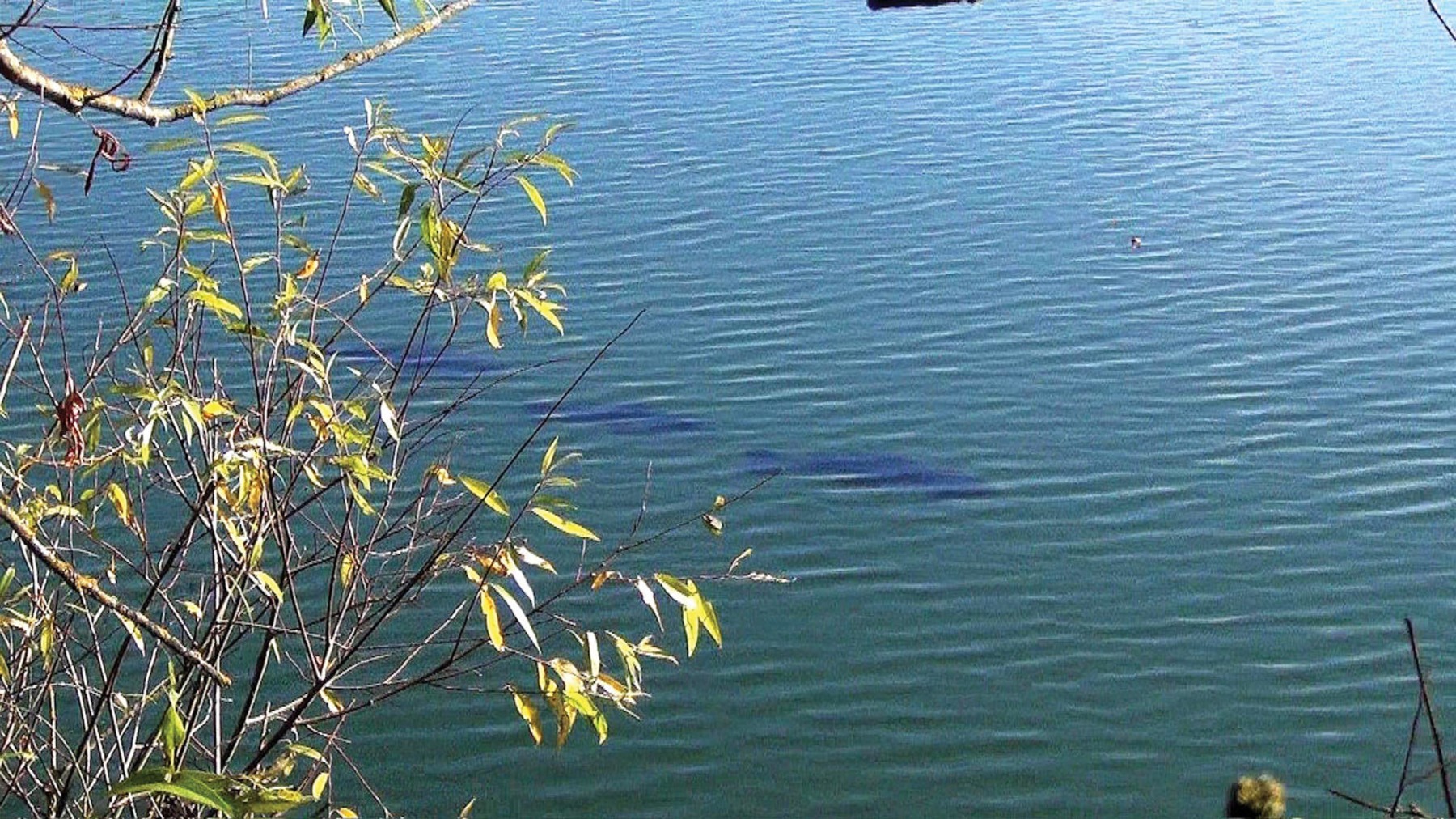
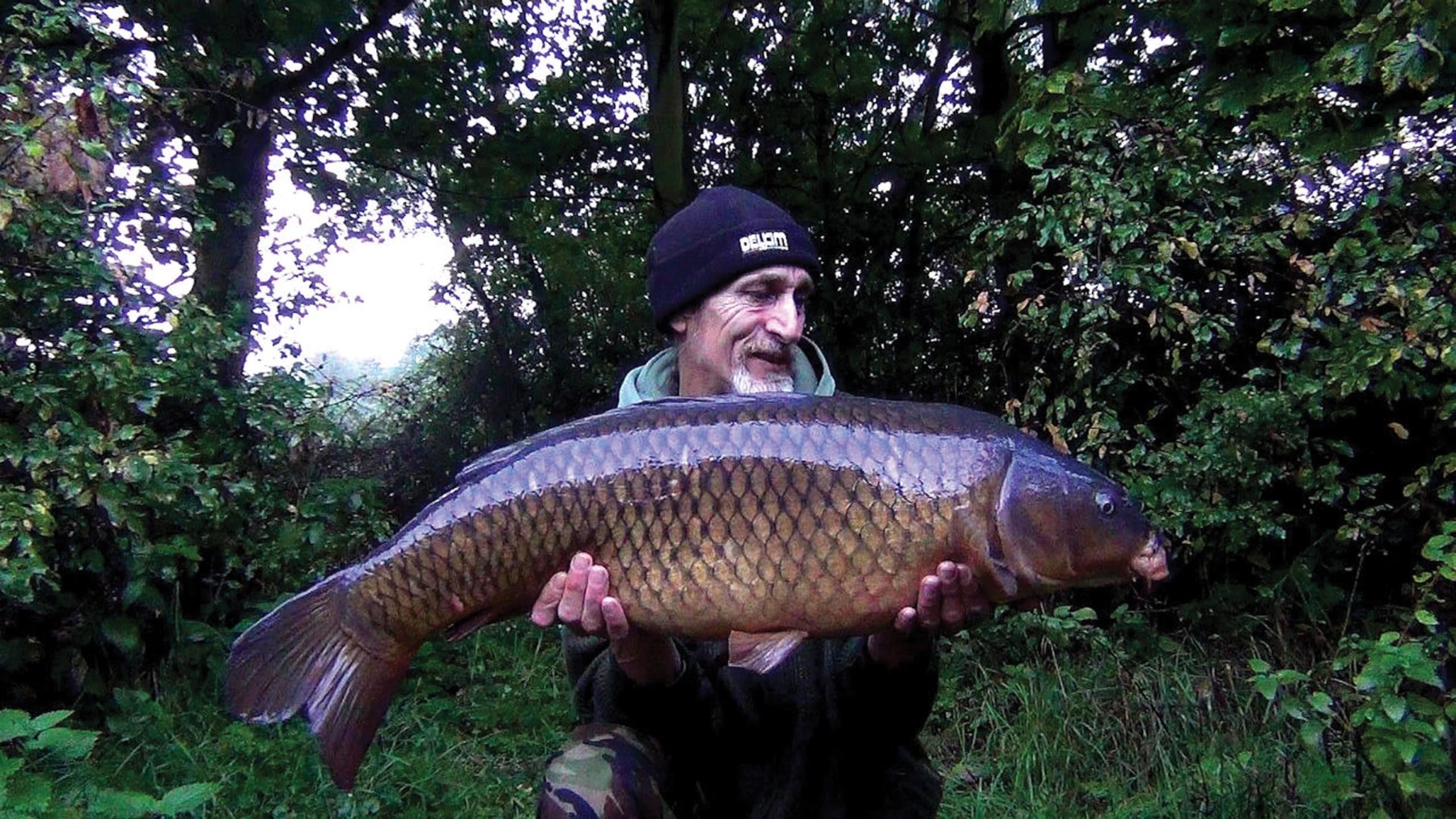




What about spots and areas? It appeared as if you fished all around the lake to start with, but later concentrated on just one middle section where you absolutely milked it…
“There’s no substitute for working an area that you think can produce fish. If you put in plenty of work finding out about the swim at the start, the rest becomes easy. Early-season trips are all about getting around the lake and fishing as many swims as you can. After a while, you’ll start to favour certain swims, not just through results but perceived potential. Most of the time I’m looking for routes the fish follow, and areas that they feel safe in as they move. As I’d already established, they travelled along the east bank via all the weedbeds, so all I needed to do was find a swim along the route that received little attention.
“The swim I eventually chose was steep and uncomfortable - there was a much nicer one to the right, 30yds down the bank. The reed-lined far bank dropped off to a nice even 12ft, depending on the water level. It had a firm bottom that was covered with light detritus and ample weedbeds behind it. Rigs had to be placed next to the weedbeds, but not so close as to hit the loose stuff in front of them.”
Are there particular times of the year when you’ll fish harder than others?
“Yes, September and October are the best two months of the year and always have been, but I tend to fish hard all the time. In September and October though, I ensure I’m out as much as possible.”
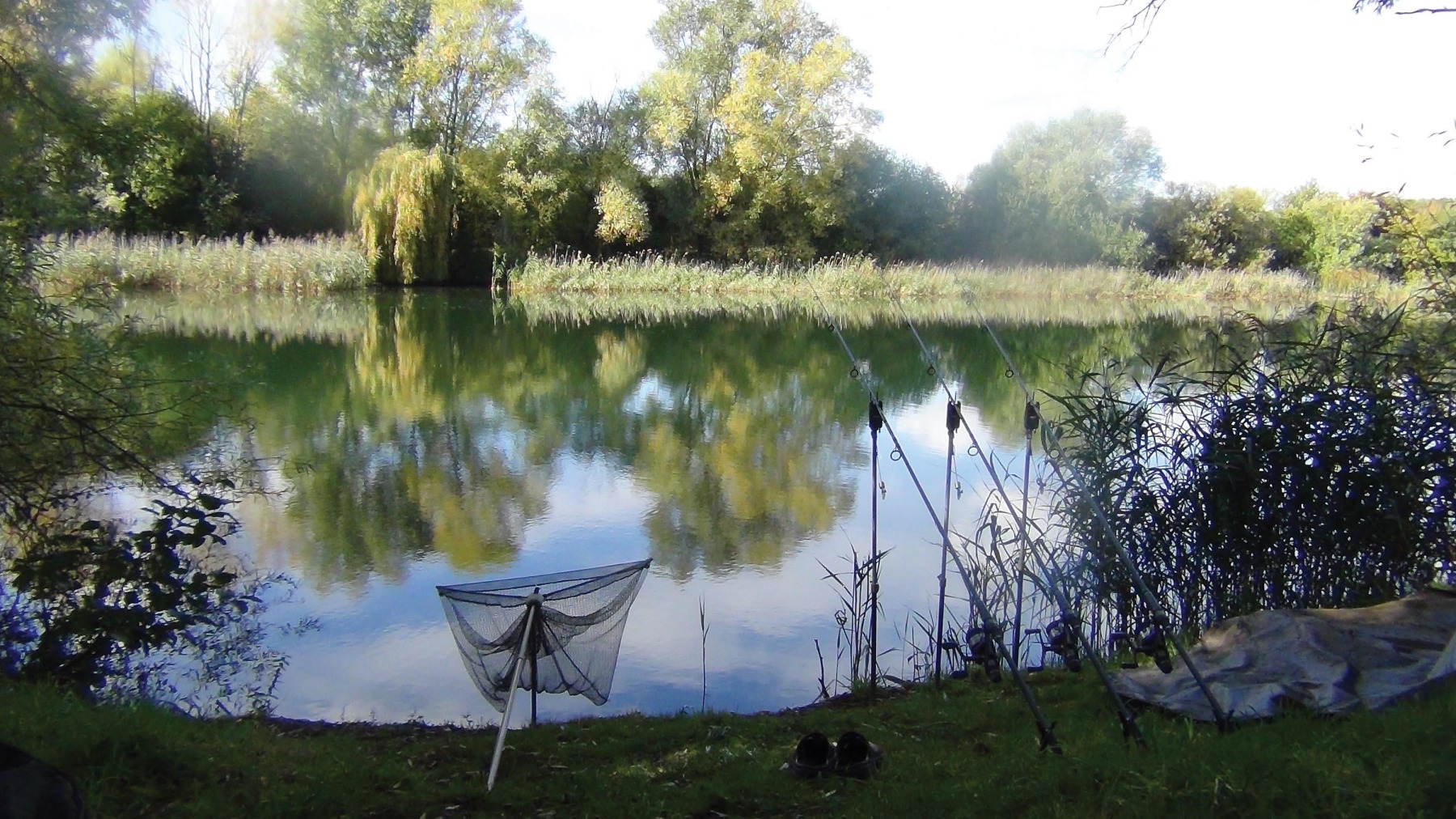
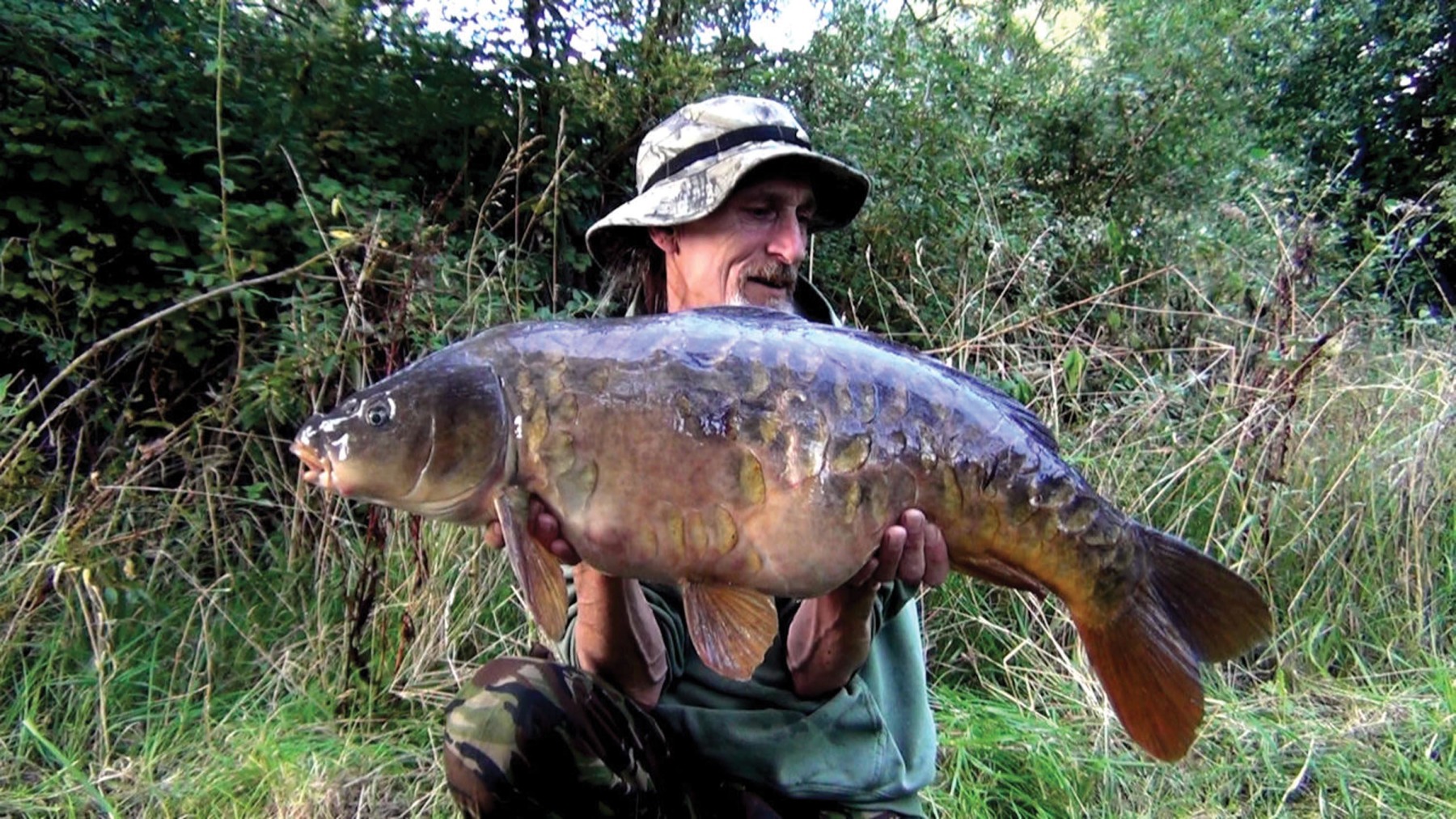
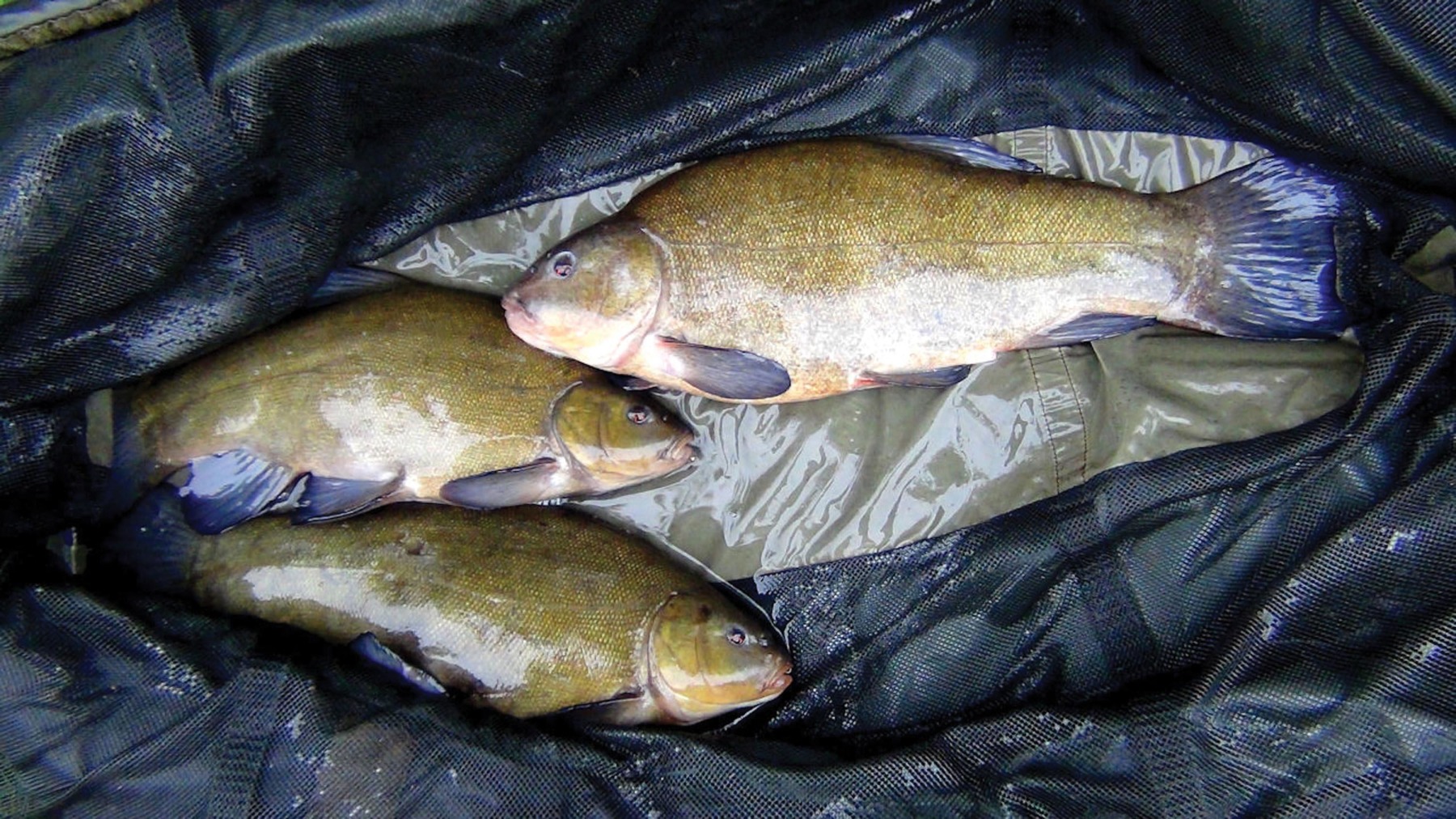




Did you deliberately fish differently to 95 percent of the other anglers, with small leads, fixed or running lead set-ups, tips up high etc.? Do you believe that being different is key to success on pressured venues?
“I always try to do something others aren’t, and more often than not, it can really pay off. Mechanics of rigs haven’t really changed much in the last forty years; after all they’re still just a hook and a method of attaching your bait to a length of line. Carp adapt, just like all creatures and it’s only because we fool them now and again that we catch them. If you do something different, you can fool them more often, although there is that requirement that you also have your trap in the right place, with a bait attached that they want to eat!”
Looking back on your campaign, why do you think all the pieces fell together so well towards the end?
“It all came together for the usual reasons. I kept quiet, found a very good area that had all the requirements of a good swim, used really good bait that they wanted to eat, used an effective rig and I put in the hours and the work.”
Lake 7 was a different scenario as it’s very busy and gets quite pressured. In hindsight, would you have approached it differently?
“I think you need to get on Lake 7 early and get your bait and spots established, because when it switches on in the spring, the bulk of the fish get caught. It’s the most popular lake on the complex and with Lake 5 and Lake 6 anglers also allowed to fish it, it can become very pressured, yes. Quite often when I turned up, there’d be only one or two swims left, and I found myself in a few that I really didn’t want to fish, and had to make the best of the situation. This in turn meant that I couldn’t do my own thing… the fact is, my style is not suited to all waters.”



